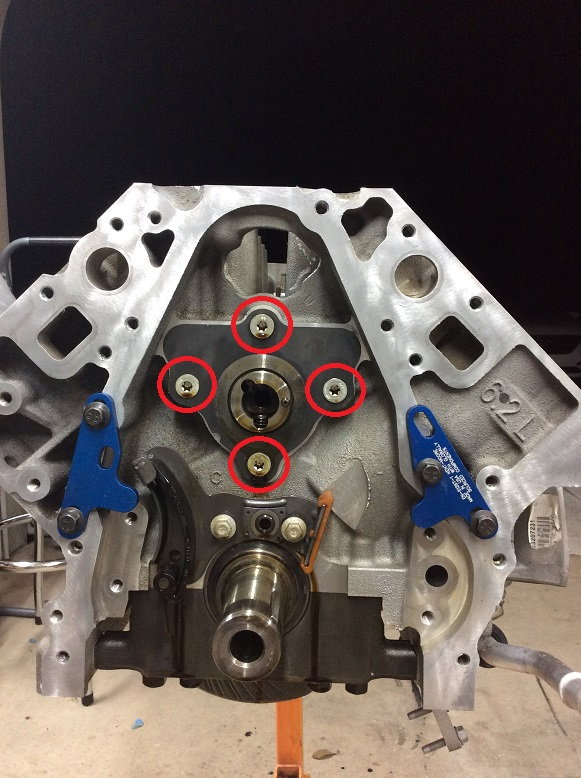

Each piston was secured with the use of pressed chromium-steel wrist pins. Opposite the crankshaft, these connecting rods supported specialized forged TRW pistons, of a high silicone aluminum construction. The LT-1’s connecting rods were of a heavy-duty ⅜” bolt configuration and measured 5.700” in length while weighing just under 21-ounces a piece. This crankshaft was cross-drilled, as well as internally balanced, and featured Moraine 400 rod and main bearings. This engine utilized a cast-iron cylinder block, which housed a 1018 alloy-steel crankshaft. Much of the LT-1’s promise lied in its internal construction. LT-1 Specifications and Technical Configurations With a revised crankshaft, redesigned pistons, and a higher compression ratio, the LT-1 took on a life all its own and gained instant notoriety for its profound performance despite it’s diminutive size. The LT-1 served as a high-output version of GM’s famed 350 cubic-inch engine platform. The LT-1 would be one of the most significant upgrades to an engine GM ever made. While the prior 427 big-block was bored to a full 454 cubic-inches, the Corvette needed added power to GM’s successful small block. In order for the manufacturing giant to retain some level of performance dignity, the Corvette would have to have a strong showing during the 1970 model year. In fact, the de-tuning of many General Motors’ passenger vehicles had already begun. This is a fact that was not lost upon Arkus-Duntov and his associates, as they recognized that increasingly stringent emissions standards would ultimately slow subsequent performance-related gains. Government agencies had established environmental mandates, which threatened to limit available powerplant options, in a bid to reach compliance. The horsepower wars of the 1960s continued, though increasing federal oversight began restricting that which was permissible in regards to emissions. The early 1970s were harrowing days for many automotive manufacturers. With 370 horsepower on tap, it is not difficult to imagine why. The LT-1 served as a revised version of GM’s famed 350 cubic-inch platform and is often heralded as one of the manufacturer’s most beloved small-block powerplants. There are perhaps few greater examples of Duntov’s ideology relating to engine design and development, than the 1970 LT-1 small-block. Ever the perfectionist, Duntov relentlessly sought out new and innovative ways to bolster the Corvette’s output, in a bid for performance superiority. In almost every case, famed GM engineer, Zora Arkus-Duntov, would always find a way to ring every last ounce of horsepower out of an engine. Throughout the earliest years of Corvette design and development, a definite trend began to emerge.

1970 – 1972 LT-1 Corvette Small-Block Engine Ultimate Guide


 0 kommentar(er)
0 kommentar(er)
